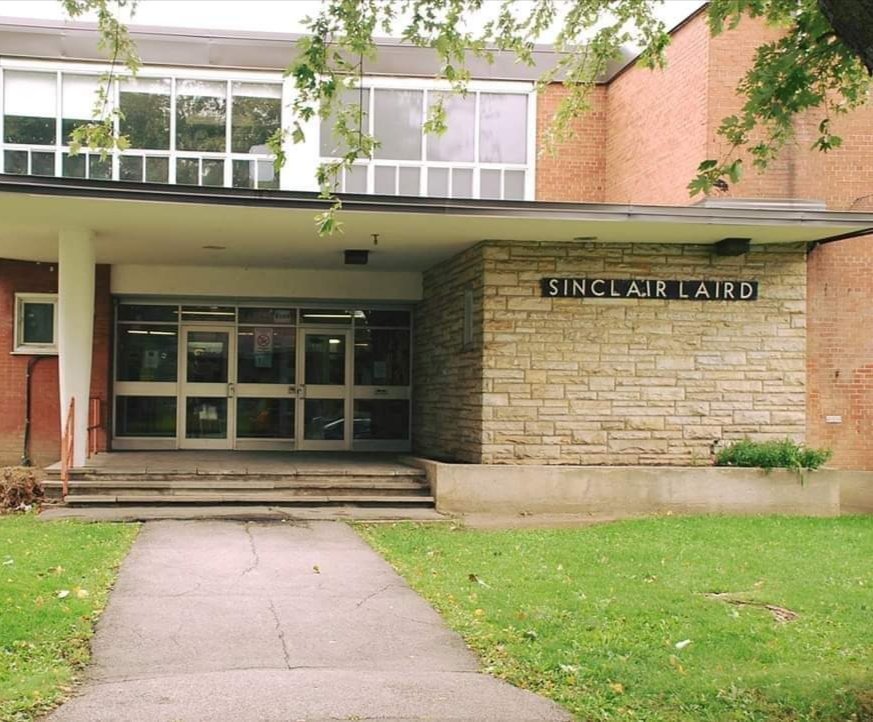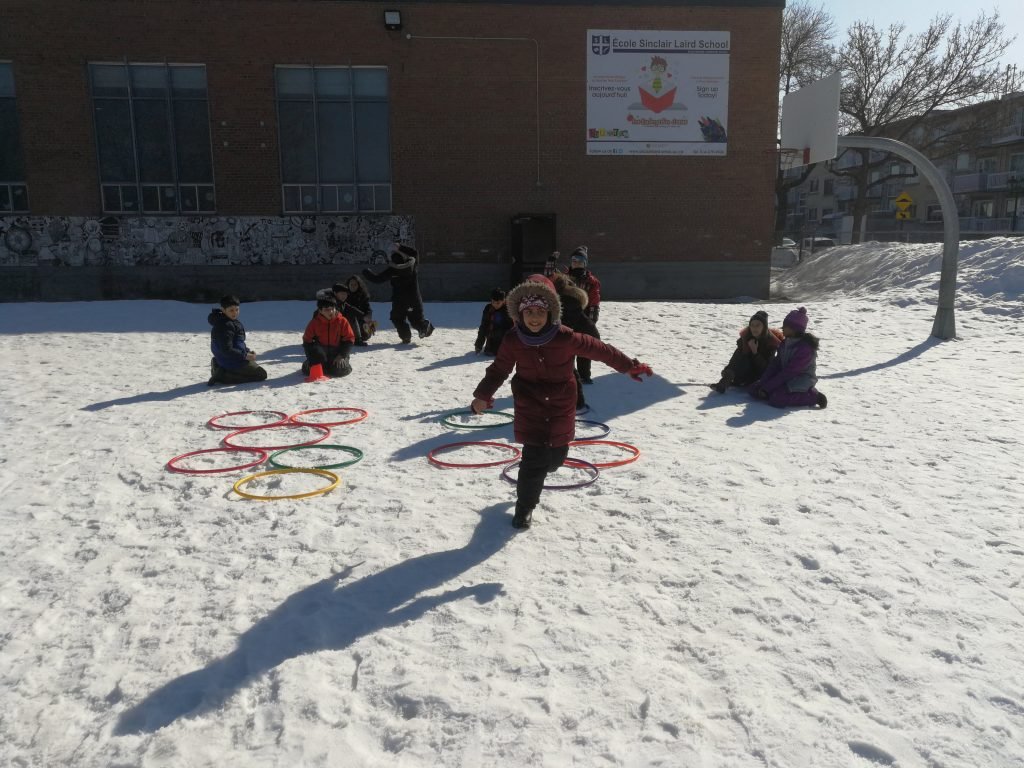Avleen K Mokha

The English Montreal School Board (EMSB) maintains the only English-speaking school in the Parc-Extension region. Parc-Extension News interviewed EMSB and principal Derrek Cauchi, principal of Sinclair Laird high school, to understand how educators are responding to the pandemic.
Parents can use two resources to teach their children. First, the EMSB launched a dedicated website which compiles learning materials for grades K to 11.
“The website is updated weekly,” EMSB communications consultant Michael Cohen said. “We have consultants who are responsible for each subject. We have our student services department: guidance counsellors, psychologists, spiritual animators, and special needs workers.”
A second source of materials is the Ecole Ouverte, a resource developed by the Quebec Ministry of Education. The Ecole Ouverte means “open school” and is a place where the Ministry shares kits that help parents plan activities at home.
“The open school concept is well put-together,” principal Cauchi said. “In the context of Park Ex, our youngsters have limited access to resources. That’s why it’s continue to provide what we can.”
Hurdles specific to Sinclair Laird
Cauchi said that his teachers have been diligent in getting the info together for children. Nevertheless, parents must themselves be comfortable enough with technology to allow their young children to use it.
The family’s socioeconomic status and language experience can be barriers to remote education by limiting the parents’ comfort with technology.
“The members of our community can be competent and English or French may be the third or fourth language,” Cauchi continued. “Those with strong command of English and French tend to be the exception rather than the norm.”
Socializing a school-specific experience
“Socialization makes the world go around. Children need to develop THESE skills, otherwise they can suffer tremendously through life.”
Cauchi thinks it is important to consider ways to make up for children’s reduced socialization during the pandemic. “Replacing the social aspect is the harder challenge, rather than the academic or intellectual one,” Cauchi said.
“Socializing is the greatest part of the learning experience of nearly the entirety of my student group,” Cauchi said.

“We tend to dismiss socialization as chit-chat or flirting, but socialization makes the world go around. Children need to develop these skills, otherwise they can suffer tremendously through life.”
Access to technology a concern
“As the principal of my school, my main concern is that if students don’t have access to technology, they cannot learn,” Cauchi said. “The situation has put pressure on the home to come up with alternatives, which is where we are stepping in the best we can.”
For now, Cauchi suggests that individual families should not invest in expensive technology, unless they have the means to afford so.
Keeping students engaged
The provincial government declared the end of the academic year briefly after schools closed. This means that students are finished in terms of grading and evaluation. All participation is now voluntary. If a family is not providing feedback, the children might be disengaged because they don’t have physical tests.
“One of the biggest challenges right now is being too overwhelmed by information,” Cauchi said. “The younger children are, the more they learn with their bodies. They need to explore, they need to understand the consequences of their physical movement.”

Cauchi said that the school staff has been following up with children that may have difficulty maintaining their focus during this time.
Staff cooperative and helpful
Non-academic staff members are also available to connect with children who already know them.
“We are lucky. We have so many tremendous people who come in to do good work,” Cauchi said. “They keep contact with kids, that has been very valuable. For example, we have a drama therapist who has kept touch with about a dozen students that we deem at-risk.”
New students are evaluated on a rolling basis. For now, Cauchi is stepping in to personally call families which he thinks could use some help.
Delays in planning for the next year
Usually, Cauchi would start planning for the subsequent school year. This is because July 1 is usually the end of contracted workers. The exact date varies case by case, but the hiring process begins midsummer.
“As principals, we make our plans for classes in the summer, with a focus on organizing staff for next year,” Cauchi said.
Contracts from the immediate school year are being respected. However, it is difficult to determine the impact of COVID-19 on re-opening the school in fall.
“If enrollment goes down, you have to let teachers go,” Cauchi said. “It’s hard to tell because we are still in the midst of the emergency.”
As the flu season comes to schools every year, it might be hard for school staff to distinguish between health symptoms without guidance. Should social distancing measures continue into the new academic year, the school may have to stagger batches of students. The measures will reduce the maximum capacity of students that can enter.
Safety is also a concern. “We may have to look into providing technological tools to families to make sure the socioeconomic gap between families isn’t aggravated,” Cauchi said.
Even if the school board can provide technological sources, Cauchi hopes this can be done in a way that keeps children safe from being identified or teased.
This article was published on April 17 for the PX News print issue. Click here to read the full issue.









